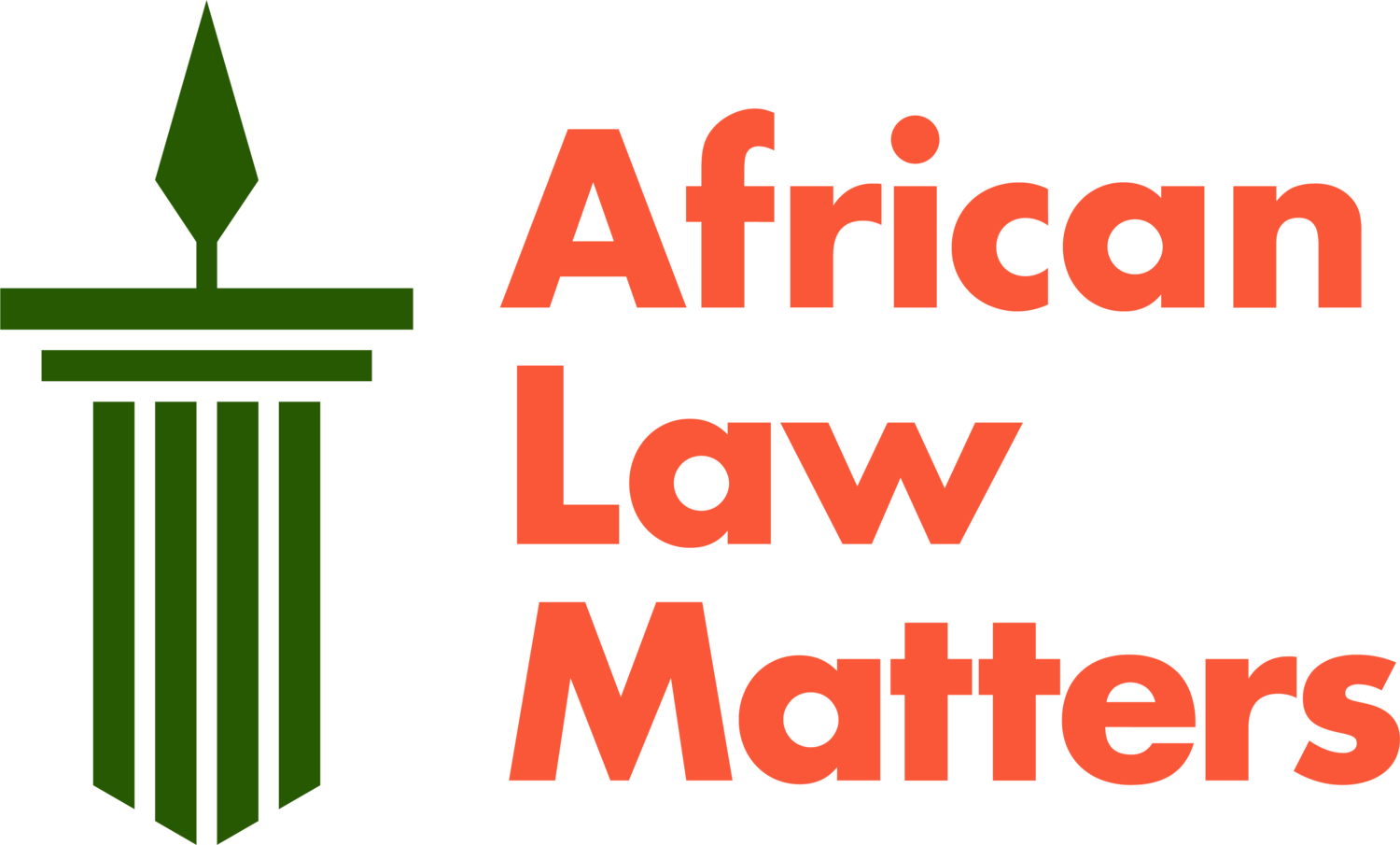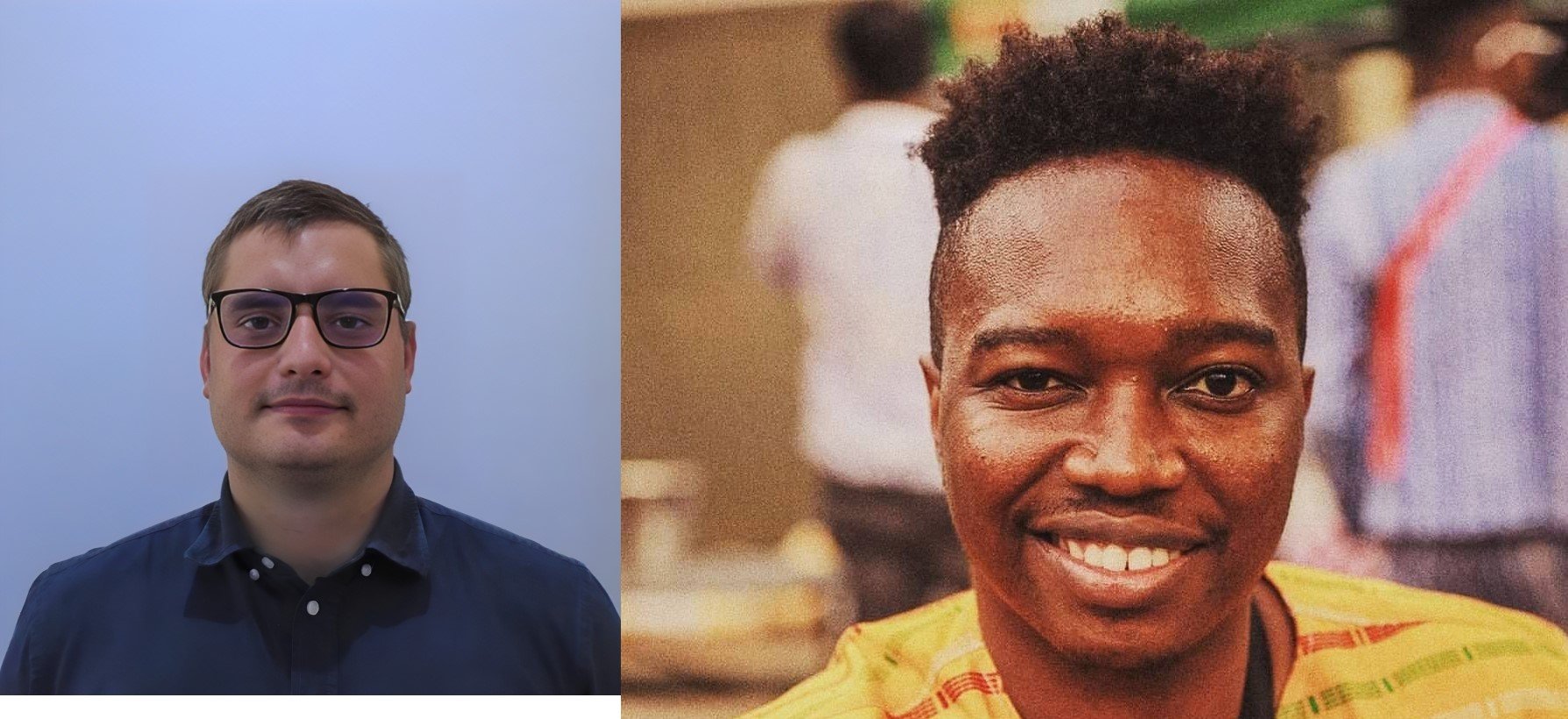Rafoneke v Minister of Justice: What about Intersectionality?
"judge" by koen_jacobs is licensed under CC BY-ND 2.0.
In Rafoneke v Minister of Justice and Correctional Services (Rafoneke) the primary question before the Constitutional Court (CC) was whether section 24 (2)(b) read with section 115 of the Legal Practice Act 28 of 2014 (LPA) unfairly discriminated against foreign nationals on the basis of citizenship and social origin.
Broadly, these provisions of the LPA restrict the right to be admitted as a legal practitioner to two categories: (a) citizens; and (b) foreign nationals who possess a permanent residency permit under the Immigration Act 13 of 2002 (Immigration Act).
The same restrictions on the rights of foreign nationals appeared in the Attorneys Act 53 of 1979 and Admission of Advocates Act 74 of 1964 – both enacted during Apartheid. Whilst these Acts were repealed when the LPA came into effect in 2017, Parliament replicated the same Apartheid era restrictions against foreign nationals within the LPA.
Their practical effect is that the majority of foreign nationals who obtain LLB degrees in South Africa (who are predominantly from neighbouring African countries) are effectively precluded from practising law in the country - solely due to their citizenship status and because they do not have permanent residency under the Immigration Act.
In Rafoneke, six foreign nationals, from Lesotho and Zimbabwe, argued that this was unconstitutional for two main reasons. First, because it constituted unfair discrimination on the grounds of citizenship and social origin. Second, because there existed no rational reason to preclude foreign nationals, who have a legal right to live and work in the country (but who lack permanent residency status), from being admitted as a lawyer.
The CC unanimously rejected both arguments about the unconstitutionality of the LPA.
First, the Court accepted that the LPA treats citizens and permanent residents differently from foreign nationals without permanent residency. This, however, did not necessarily mean that the differentiation was irrational or that the discrimination was unfair. On this score, the CC accepted the argument (made by the Minister of Justice) that the differential treatment was rationally connected to a legitimate purpose: to maximise job opportunities within the legal sector for citizens and permanent residents.
In assessing the rationality of the restriction, the CC relied extensively on section 22 of the Bill of Rights which gives every “citizen” a right to choose their occupation or trade. The CC found that excluding foreign nationals, who do not have permanent residency, from the ability to practise law was consistent with section 22 of the Constitution. While nothing prevents foreign nationals from entering into certain professions, the state is permitted to “bar such entry” provided that it acts rationally. Although the policy underlying the exclusion of foreign nationals from legal practice was “restrictive and protectionist,” the LPA remained rational because it rationally sought to achieve a legitimate objective.
Second, the CC found there exists a qualitative distinction between permanent residents and other migrants, because migrants who are not permanent residents do not necessarily have a strong connection to South Africa. To accept that migrants who are “ordinarily resident” within South Africa should be given the same rights afforded to permanent residents would create difficult issues, because it would be difficult to determine how to apply the “ordinarily resident” test for admission to the legal profession.
Rafoneke has proven to be controversial. One commentator has suggested that Rafoneke failed to properly apply the test for unfair discrimination from Harksen v Lane (Harksen) while another argues the decision is defensible in terms of international law.
Our criticism of Rafoneke is narrower, namely: what are the implications of the Rafoneke Court failing to consider the equality challenge through the framework of intersectionality?
“An intersectional analysis of discrimination equally requires that an intersectional remedy should be ordered.”
Intersectionality and Proportionality
In Mahlangu and Another v Minister of Labour (Mahlangu) the CC expressly incorporated intersectionality into South African discrimination law.
Relying upon the work of legal theorist, Kimberle Crenshaw, and the decision of the European Court of Human Rights in BS v Spain, the CC explained that intersectionality refers to how “intersecting and overlapping forms of oppression result in certain groups being subject to distinct and compounded forms of discrimination, vulnerability and subordination.” The Mahlangu Court explained that an intersectional analysis requires a Court to “examine the nature and context of the individual or group at issue, their history, and the social and legal history of society’s treatment of that group.”
The intersectionality approach advocated by Mahlangu is particularly pertinent when dealing with xenophobic discrimination, given that xenophobia occurs on multiple intersecting grounds, such as citizenship, race, ethnicity, class and social origin.
This view is supported by the former UN Special Rapporteur on Racism and Xenophobia, Tendayi Achiume, who observed in a 2018 Report to the UN Human Rights Council that “…in much of the world, non-white migrants are more vulnerable to discrimination and intolerance than white migrants, irrespective of their nationality… [and that] the construction of foreignness rests on multiple, intersecting classifications.”
This is especially apposite in South Africa, where xenophobia is largely directed towards African and Asian migrants who predominantly occupy low income positions in society. UN human rights experts have also recently observed that “discrimination against foreign nationals in South Africa has been institutionalised both in government policy and broader South African society.”
Rafoneke and Intersectionality
In Rafoneke, the CC appeared to disregard the intersectional dimensions of the discrimination faced by foreign nationals, when assessing the rationality of their exclusion from legal practice and the impact of the exclusion on their human dignity.
Primarily, this is because the CC declined to consider the structural vulnerability faced by foreign nationals when assessing whether their exclusion from the right to practise law constituted unfair discrimination based on their citizenship or social origin. This is what Mahlangu required the Rafoneke Court to consider when determining the fairness of the discrimination against foreign nationals. The CC, however, appears to avoid engaging in any meaningful intersectional analysis when assessing the fairness of the discrimination.
Rafoneke also appears to avoid considering whether a proportional balance was struck between: (a) the purpose of excluding foreign nationals from legal practice; and (b) the effect of that exclusion on the human dignity of the migrants affected by the exclusion. The proposition that discrimination could be rendered unfair, because it fails to strike a proportional balance between its benefits and harms, is supported by Mahlangu where the CC held that an intersectional analysis of discrimination requires acknowledging that “discrimination may impact on an individual in a multiplicity of ways based on their position in society and the structural dynamics at play.”
Proportionality at the very least, would have required the CC to articulate what makes “citizenship” or permanent residence a necessary prerequisite to practise law. While the CC references decisions from India and Canada, to find that the discrimination was not unfair, there exist several countries where this is not the case. For example, in the United States, certain states allow migrants to practise law without permanent residence. Most notably, the California Supreme Court has held that even undocumented migrants may be admitted as lawyers. California is not alone in this regard. Undocumented migrants are also eligible to practise law in states such as Illinois, Wyoming, Florida and New York.
An intersectional analysis of discrimination equally requires that an intersectional remedy should be ordered. In Rafoneke, an intersectional analysis of unfair discrimination would have recognized, at the very least, that permanent residency remains an effectively impossible status for the majority of foreign nationals to obtain. Therefore, a less burdensome standard would be “ordinarily resident”. Such a remedy would strike a proportional balance between the objective of creating opportunities for citizens and permanent residents, whilst simultaneously recognising and respecting the rights of other migrants to meaningfully participate in the legal industry and economy.
About the authors
Geoffrey Allsop is an attorney practising primarily in the areas of labour law, constitutional law and administrative law. He holds BA LLB LLM degrees from the University of Cape Town. He is the author of two chapters in a peer review legal textbook (Constitutional Law for Students) and also regularly publishes articles about constitutional law and the rights of vulnerable people within South African society.
Ohene Yaw Ampofo-Anti is a Program Associate at the Center for Economic and Social Rights (CESR). Before joining CESR, Ohene graduated with an LLB degree from the University of Cape Town in 2013. In 2019, he graduated from the University of California, Los Angeles specialising in the Epstein Public Interest & Policy Programme as well as the Critical Race Studies Programme. He is an admitted attorney of the High Court of South Africa.



